Premium Discount
This December a new premium discount program is available to farmers who plant cover crops ahead of a federally insured commodity crop and insured [...]
Conservation Practices—A look at the Past and Present
Many of the farming practices that were used 50 plus years ago are now considered conservation practices. Longer crop rotations that included 4 – [...]
PODCAST: Planning for Success – Fall Cover Crops
Kris Reynolds, Midwest District Director with American Farmland Trust and 2018 CCA Soy Envoy, shares his insight on planting cover crops in the fall, [...]
Fall Cover Crop Planting Timing
Timing of cover crop planting is essential for achieving your goals and getting the most biological and economical value out of the cover crop [...]
How to improve continuous soybean rotations
This past season farmers planted 10.9 million acres of soybeans in llinois, up 3% from the previous year, according to the latest USDA NASS [...]
Cover Crops and Soybean Cyst Nematodes (SCN)
Soybean cyst nematodes (SCN) are one of the most detrimental pathogens of soybeans—they are considered the No. 1 yield-robbing pest for United State soybean [...]
Interseeding Covers
There are vast differences in the crop growing season from Northern to Southern Illinois. These differences can cause challenges in the establishment and growth [...]
Terminating Covers Completely
Each year, more and more farmers are adopting the practice of planting cereal rye ahead of soybeans as a cover crop. And each year [...]
Evaluate Your Cereal Rye for Soybean Success
Planting cereal rye before soybeans has become the most widely used cover crop and cash crop combination today. It is readily chosen because of [...]

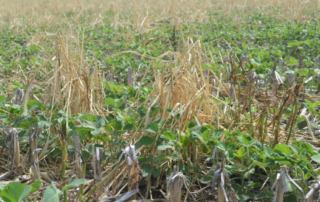
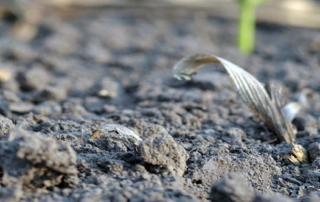
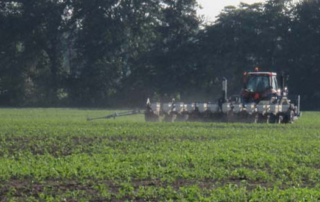

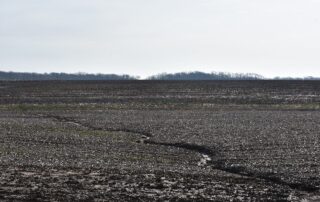
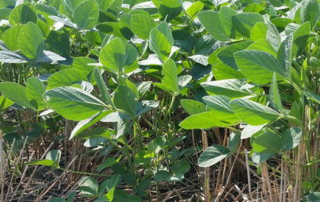
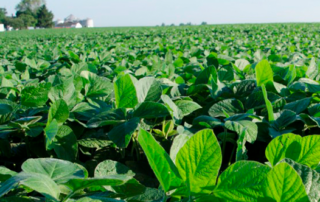
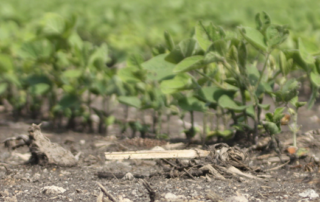
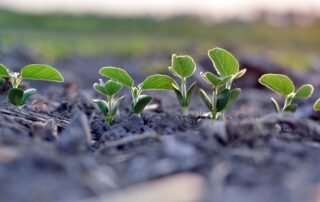

 and then
and then